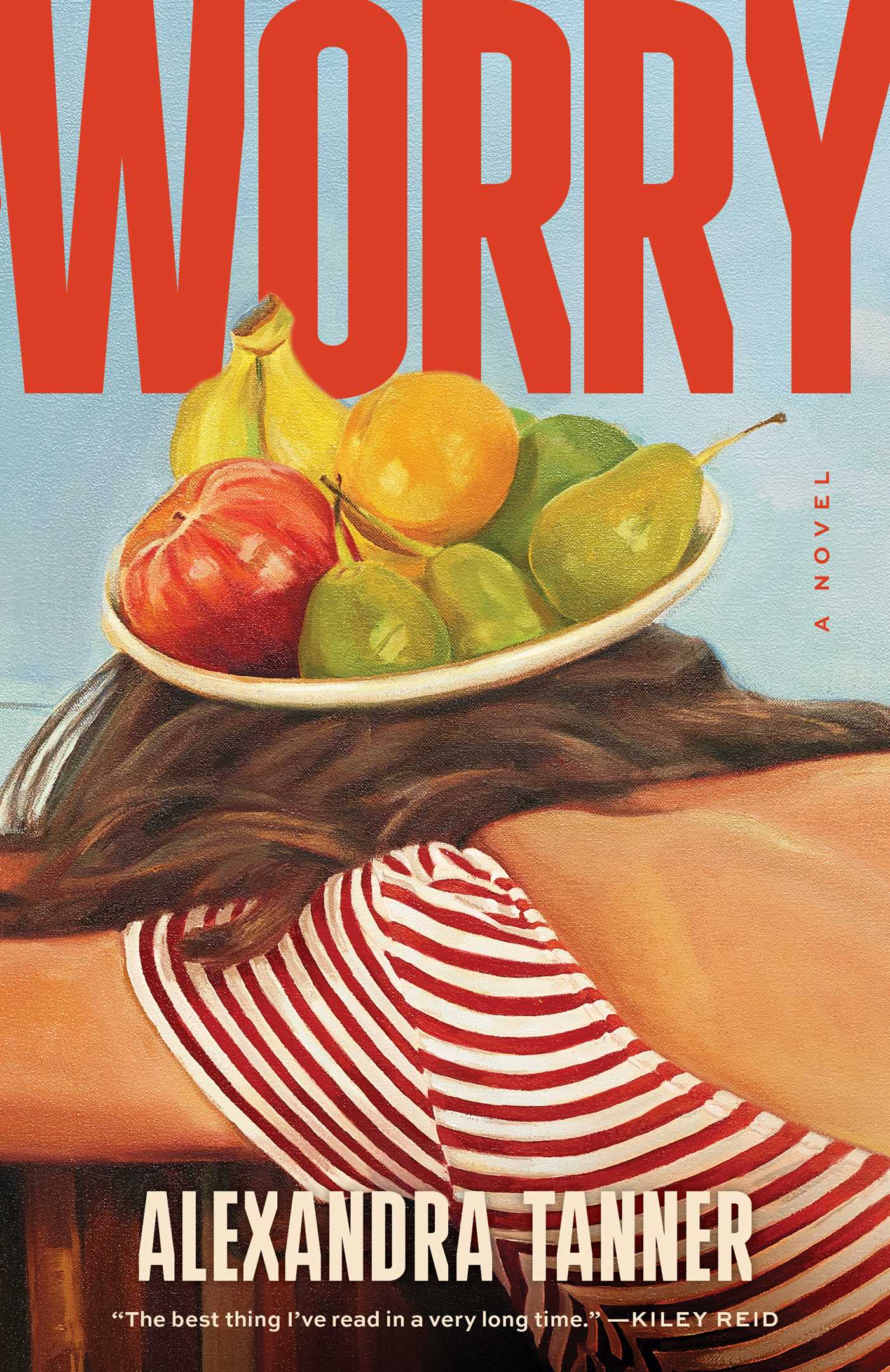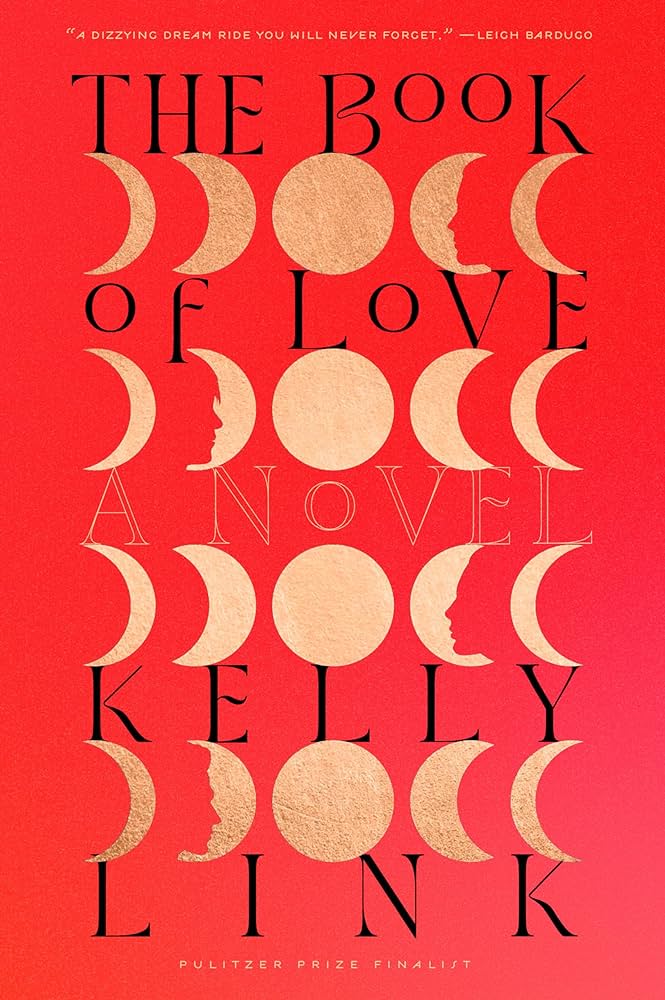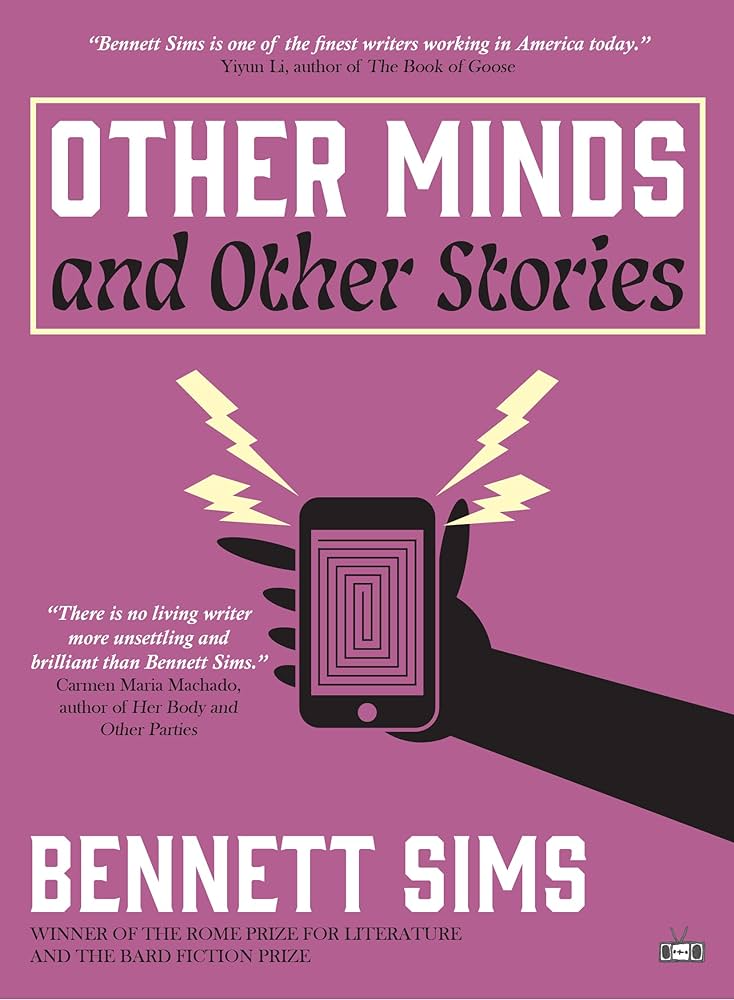
April Ayers Lawson’s debut, Virgin and Other Stories, arrives under the dazzling mantle of the Paris Review’s Plimpton Prize (2011). The prize-winning story — the titular “Virgin” — has much in common with its four bedfellows, exploring themes of sex, religion, and art. For these characters, questions of faith tend to be secondary and faint — not overwhelming, just inevitable — while their artistic and sexual ambitions are firmly in the foreground. The result is refreshing territory with unexpected crossover: Lawson’s work makes casual reference to Bob Jones University and to Damien Hirst with equal authority.
Miss May Grant, the histrionic piano teacher in “The Way You Must Play Always,” is trapped in a house with her ill brother, stressing the importance of tempo to bored teenagers. Conner, narrator of “The Negative Effects of Homeschooling,” masturbates to Andrew Wyeth’s Helga images. In “Vulnerability,” the narrator — who insists that her guest room is a “studio” — describes an affair with her art dealer. In “Virgin,” Sheila, a musician, is the child of “devout fundamentalists.” Miss Grant is no joke: she went to Juilliard. Conner’s appreciation of Wyeth’s paintings, even for masturbatory purposes, is articulated more clearly than anything the art dealer says about art. The painter with the guest room studio in Georgia finds representation in New York, and Sheila plays first viola in an orchestra. So which art is the good art? Who are the real artists? Who cares? Lawson’s stories seem to ask, rather gleefully. You paint and you play to distract yourself from pain. You are whatever you say you are.
This project of asserting identity — I am an artist! I am a Christian! — drives the finest of Lawson’s work. In “Virgin,” Jake marries Sheila, a virgin, who declines to have sex with him until well into their marriage. The story is crammed with flashback (in fact, dominated by it), but takes place over the course of a party Jake must attend for work. Soon enough, the reader inhabits Jake’s wary, possessive gaze: Sheila is “always…stretching lately, especially in public.” On another occasion, she “look[s] especially nice for her [orchestra] practice.” Sheila “ha[s], with her pouty lips, what [Jake] and his friends, as teenagers, would have happily referred to as ‘a slutty face.’” At the party, he worries about his ability to “mind” her. To put these thoughts in perspective, here are the story’s opening lines, in which Jake is gazing at someone other than his wife: “Jake hadn’t meant to stare at her breasts, but there they were, absurdly beautiful, almost glowing above the plunging neckline of the faded blue dress.”
A-ha, we think: this is a story about hypocrisy, and marital jealousy, and double standards, and sex. “Virgin” is all of those things, but what lifts it beyond the familiar is the way Lawson guides her readers to join Jake in his ugliness. Like Jake, we wonder why a person comes home from orchestra practice at “close to two in the morning.” Like Jake, we wonder if Sheila’s missed therapy appointments are really due to “roadwork.”
Lawson, splicing Jake’s first impressions of his wife with the woman beside him, makes us wonder if the initial version of Sheila was authentic. “I hate flirting,” she announces upon meeting him, then explains the reason people like high heels: “Lordosis. You know: the arch of a woman’s back during copulation?” It’s a brilliant moment — a suggested knowingness combined with the awkwardness of choosing the word “copulation.” Sheila sounds as if she’s reciting an entry from the dictionary: it isn’t exactly sexy, but it’s very much about sex.
This is smart dialogue, spoken by eager, hungry, embarrassing, believable human beings. (“I respect that very much,” Jake says when Sheila tells him she’s a virgin; reading that, it is hard not to roll your eyes at him). The way Lawson uses backstory is less impressive. Sheila is a survivor of sexual abuse, and Jake is the son of a woman who falls in love too easily. Though these histories are not unworthy of her attention, Lawson uses them to provide traumas that explain everything. Using the device of a therapist’s office, Lawson gives Sheila several pages to speak, without interruption, about her uncle’s advances. The best of Sheila’s revelation are the moments where compassion and irrelevancy surge onto the page: for instance, her aunt Miri vomits upon discovering what her husband has been doing to his niece. “I remember how she leaned over to throw up on the hardwood floor instead of the rug,” Sheila says. A heartbreaking detail, and one that tells us more about Sheila than much of the exposition she delivers.
The explanatory traumas surface in other stories, too: in “Vulnerability,” the narrator, like Sheila, is a survivor of sexual abuse. In “The Way You Must Play Always,” 13-year-old Gretchen is found “alone with her cousin Jamie in the basement of her grandma’s house.” Though Gretchen ventures there willingly, after “several times,” Gretchen “did not want to do that again.” Jamie, who is three years older, “bit[es] her ear too hard in passionate moments.” Gretchen doesn’t want this, exactly, though, “she couldn’t remember if he’d touched her first.” Later — prescribed Christian school and piano lessons by her anxious, conservative parents — she “craves” her cousin.
In spite of Jamie’s hard bite, Gretchen wants the thrill of male attention. She develops a swift infatuation with her piano teacher’s brother, Wesley, who suffers from a brain tumor and spends his days smoking in his bedroom. During their first encounter, Wesley touches Gretchen’s shoulder. “Something in her belly stirred, this due not to his touch but to his smell. He did not smell good. But something in his musk, part dirt like the joint he smoked, part winey and sweet, made her want to put her face to his neck, the way she had with Jamie.” What follows are the antics of a bold, infatuated adolescent. There are small rebellions: Gretchen wears a silk dress to Miss Grant’s house “for him.” Then she wears it again, even though her mother forbids it, even though it is dirty, because she likes the way it feels. Gretchen’s longing for Wesley consumes her, though he can be grotesque in his illness — “he was the first person whom she wanted simultaneously to stare at and look away from.” Eventually, during Miss Grant’s too-convenient emergency absence, Wesley shares pot with Gretchen and “guid[es] her hand between the folds of the robe.” Miss Grant returns (another convenience) to interrupt this liaison shortly after it begins.
Lawson writes teenagers well — the few lines of dialogue from Fiona, Miss Grant’s other piano student, are hilarious and true — but here, as in “Virgin,” certain details feel contrived just to make the story work. The piano lessons exist as a direct response to Gretchen’s encounters with Jamie, a thread that gets dropped and abandoned early on. The lessons, Lawson writes, are meant to “ground” Gretchen. Alas, they do not succeed.
Though Gretchen never meets the narrator of a different story, I’m certain they’d get along splendidly. In “The Negative Effects of Homeschooling,” Conner, like Gretchen, is the child of watchful, religious parents. Like Gretchen, Conner is curious about sex, and much of the story documents his tedious, unsurprising pursuit of a girl at church named Ally Kapawski. Less convincing, though slightly more interesting, is Conner’s obsession with his mother’s friend Charlene, a transgender woman whom he finds intensely discomfiting. (“How did I figure out Charlene was a man? It just hit me — that’s the funny thing.”) Charlene’s death is rather ineffectual — it mostly serves as a way to launch Conner’s memories of her. The story’s most poignant moments occur when he is moved by the music in Charlene’s church: “When the organ started up I felt the vibrations of its notes through my feet…A shiver went up my spine and I felt all spiritual and corny.” And later: “The organ paused and started up again. The sound went up inside of me and I tried to push it out but I couldn’t.” This is a delightful and unexpected contrast to the loss-of-faith narrative (Conner’s father, for instance, mourns the weakness of his faith: “I don’t feel anything.”)
Conner, a great appreciator of Andrew Wyeth’s Helga paintings, confesses to stealing an art book from the library. In “Vulnerability,” the unnamed narrator also steals from the library — in this case, an issue of Art Forum featuring a painter she likes. In a collection of only five stories, two of them include people who feel the urge to steal something they could have borrowed freely. Or maybe they couldn’t. Lawson is sensitive to the consumer habits of children raised in conservative homes, where the morality of every song lyric, every page of a book, may be under scrutiny. In Gretchen’s case, her mother objects to John Lennon’s “Imagine,” claiming that its reference to heaven is “sacrilegious.”
There are escapes from these strictures, especially for men. In “The Way You Must Play Always,” Gretchen’s father occasionally drinks in the shed. In “Vulnerability,” the narrator’s husband also drinks in the shed — one of the few clues Lawson offers to shape the character. In fact, the husband’s primary function seems to be a way to explain why the narrator doesn’t have a job. Instead, she paints, develops fixations on other artists, and makes her way to New York to meet an art dealer.
Most of the story focuses on her pursuit of the artist, H., and the art dealer. The prose is frequently flat and repetitive, as it is in the weakest story in the collection, “Three Friends in a Hammock.” In “Vulnerability,” the narration can be painfully introspective, as when the narrator — who is both a painter and a writer — reflects on a conversation with her dealer: “But I wouldn’t have known how to write about him then because he didn’t make sense to me, everything he said seeming to have double or hidden or artfully implied meaning. But then again, possibly it didn’t mean as much as I thought it did. And when I think back on the whole conversation, a lot of what we both said did and didn’t make sense in a way.”
When the story breaks from dull summary, it’s often in the service of a shift in point of view. This can feel like a gimmick — we move from first-person to second to third — but, gimmick or not, it is something of a relief. The sections in third-person give the formerly first-person narrator confidence. Here she is just “the painter,” not an aspiring artist. Instead of sentences like “Complication radiated off of him in a way that I’d up until that time been unfamiliar with,” we get this: “Her skin appeared scaly in places…The odd white flecks of skin caught in the light like the pills on a thinning, overwashed sweater.” Third-person narration also frees the story to give a chilling depiction of the abuse she suffered: “[H]e would’ve reclined onto the bed from which he’d cleared the extra pillows and stuffed animals, exposing the bare flat surface of the bed that when she was alone frightened her so that she’d crowd the animals with whom she conversed when alone around on either side.” This portrait — of a person who mitigates her fear with the presence of stuffed animals — is far stronger than the first-person allusions to “the thing that had happened to me.” The pained evasiveness rings true, but the prose begins to default to that mode, to its own detriment.
When Lawson reaches for the concrete, the detailed, and the immediate, we get the best of what she can do: the “carnival grass” colors of a dirty silk dress, “a pale pink sliver of trout f[alling] from [a] fork.” We see meals of “clonazepam and wine and french fries.” We watch Conner, eager to protect his mother, attack a stranger until he feels “our bones collide.” When she avoids abstraction and resists exposition, Lawson’s prose grows sturdy, rich, irrepressible.







